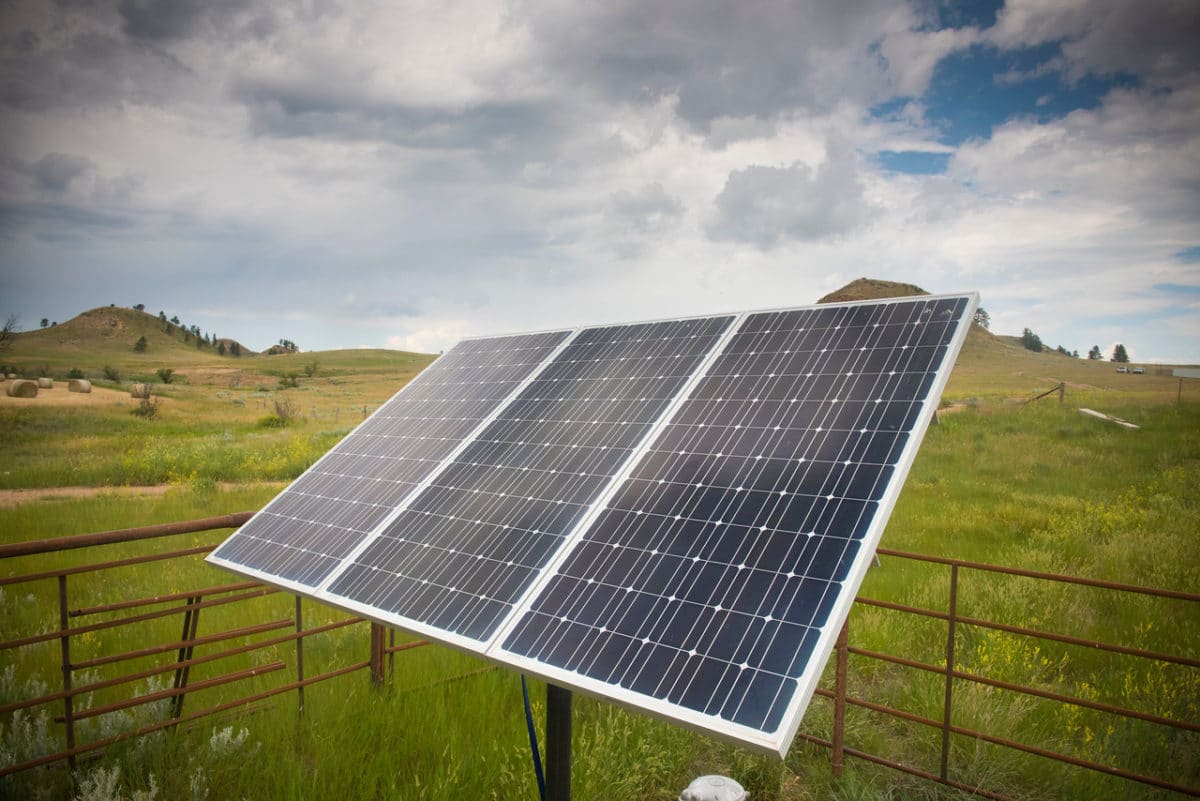Solar water pumps are a feasible alternative to water pumps powered by diesel generators or conventional power, but their economical feasibility is strictly dependent on a proper design and size.
With this in mind, a group of researchers from Malaysia's Universiti Teknologi Mara Cawangan Terengganu, has proposed a new method for the optimal sizing of the pump's battery and the PV unit. In the paper Design and sizing water pumping system powered by photovoltaic, published in AIP Conference Proceedings, the scientists explained that the model can be applied to a standalone system configuration which contains a single PV module, a charge controller, several batteries, and a DC load.
The charge controller is the heart of the entire system, as it is connected with the other three components. “Function of charge controller is to manage the energy storage to the battery and deliver power to the load,” the scientists stated.
The calculations for the optimal sizing of the system must include all relevant data of the PV module, battery, hourly flowrate, autonomy duration, operating hours, and load. The approach was demonstrated on a 31.2 W submersible pump that draws 1.3 Ampere of current and has a DC voltage of around 24 Volt. The monocrystalline solar panel, which was protected with a diode and a circuit breaker, has a voltage of 34.4 V and a current of about 4.65 A at maximum power. It was provided by Chinese manufacturer Suntech. “The function of the diode is to block the voltage from the battery to enter the PV module when there is no solar irradiance,” the scientists specified.
The submersible pump is located in a source water tank and pumps the water to a storage tank via a host pipe. The water then flows in a circular motion from the storage tank to the source tank.
According to the measurements taken, this configuration enabled the batteries to support the load for up to 36 hours, corresponding to 12 operating days and three hours per day. The sizing of the system, according to the Malaysian group, has proved that the proposed system is able support the load for two days’ autonomy with three hours’ operation in a day. “As a result of the conducted experimental studies, a water pumping system powered by PV solar with two days’ autonomy was able to be designed and functioned properly by using the calculation from the SANDIA National Laboratories,” the authors of the study concluded.
This content is protected by copyright and may not be reused. If you want to cooperate with us and would like to reuse some of our content, please contact: editors@pv-magazine.com.




By submitting this form you agree to pv magazine using your data for the purposes of publishing your comment.
Your personal data will only be disclosed or otherwise transmitted to third parties for the purposes of spam filtering or if this is necessary for technical maintenance of the website. Any other transfer to third parties will not take place unless this is justified on the basis of applicable data protection regulations or if pv magazine is legally obliged to do so.
You may revoke this consent at any time with effect for the future, in which case your personal data will be deleted immediately. Otherwise, your data will be deleted if pv magazine has processed your request or the purpose of data storage is fulfilled.
Further information on data privacy can be found in our Data Protection Policy.